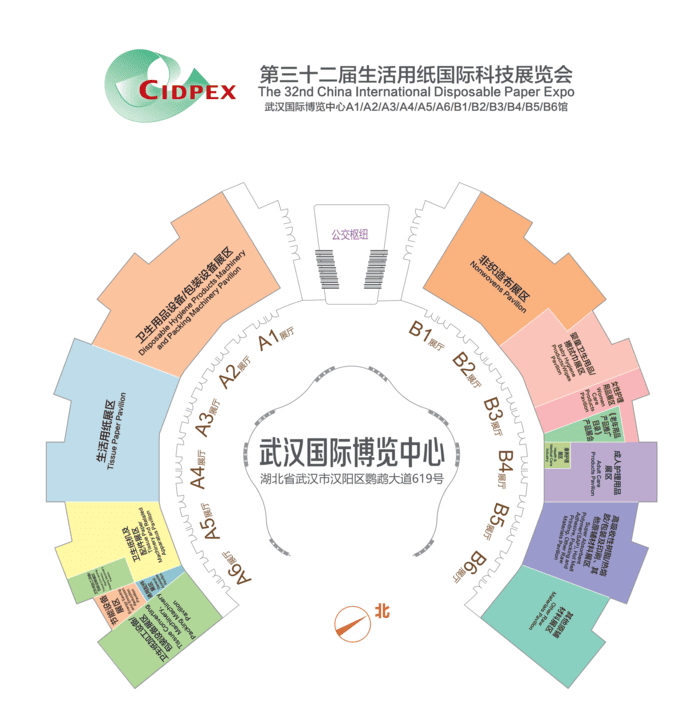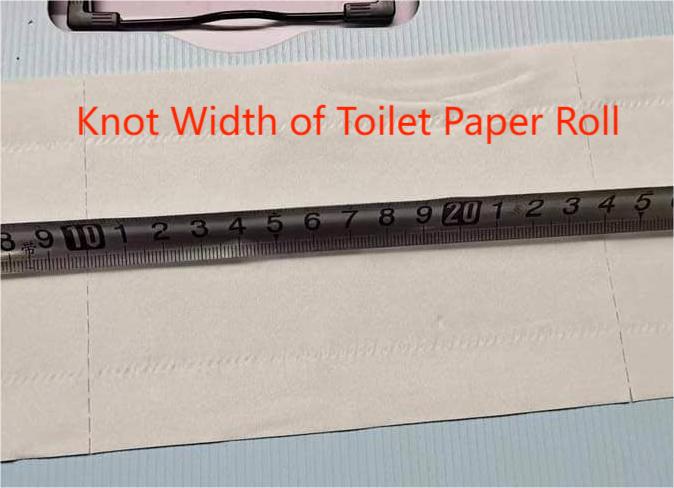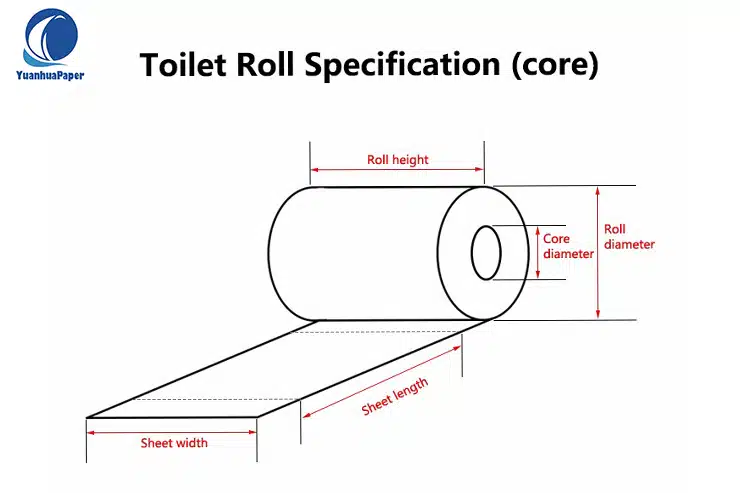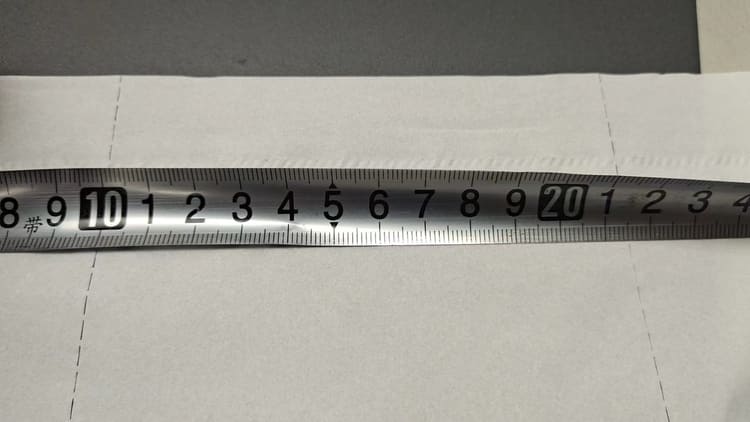What is Knot Width of Toilet Paper Roll? Why a Suitable Knot Width Size is Important for the Tissue Paper Roll Production?
Toilet paper is a common household item that we use every day, but have you ever wondered how it is made and what factors affect its quality and performance? One of the key aspects of toilet paper production is the knot width of the toilet paper roll, which is the term used to describe the length and width of the tissue paper roll. In this article, we will explain what knot width is, how it is measured, and why it is important to adjust it for optimal tissue paper production.
What is Knot Width?
Knot width is the measurement of the length and width of the tissue paper roll, which is the raw material used to make toilet paper. The tissue paper roll is a continuous sheet of paper that is wound around a cardboard tube, also known as the core. The knot width is usually expressed in inches or centimeters, and it can vary depending on the manufacturer and the type of tissue paper.
The knot width is determined by two factors: the size of the core and the diameter of the tissue paper roll. The size of the core is the measurement of the inner cardboard tube, which is typically 1.6 inches or 4 cm in diameter¹. The diameter of the tissue paper roll is the measurement of the outer layer of the paper, which can range from 3.7 to 4.7 inches or 9.9 to 12 cm, depending on the quality and thickness of the paper².
The knot width is calculated by subtracting the size of the core from the diameter of the tissue paper roll, and then dividing the result by two. For example, if the diameter of the tissue paper roll is 4.5 inches and the size of the core is 1.6 inches, then the knot width is (4.5 – 1.6) / 2 = 1.45 inches.
The image you uploaded shows a diagram of the toilet roll specification (core) from YuanhuaPaper, which illustrates the various measurements related to toilet paper rolls, including the knot width. According to the diagram, the knot width is also known as the sheet length, which is the same as the sheet width, since the sheet size is usually a square. The diagram also shows the roll height, which is the measurement of the height of the tissue paper roll, and the roll diameter, which is the same as the diameter of the tissue paper roll.
Why is Knot Width Important?
Knot width is an important factor that affects the quality and performance of toilet paper. It influences the following aspects of tissue paper production:
- Sheet size: The sheet size is the measurement of the individual sheets of toilet paper that are cut from the tissue paper roll. The sheet size is usually a square, with the length and width being equal to the knot width. For example, if the knot width is 1.45 inches, then the sheet size is 1.45 x 1.45 inches. The sheet size determines how much paper is used per wipe and how comfortable it is for the user.
- Sheet count: The sheet count is the number of sheets of toilet paper that are on a single roll. The sheet count is inversely proportional to the knot width, meaning that the smaller the knot width, the more sheets there are on a roll. For example, if the knot width is 1.45 inches, then the sheet count is approximately 156 sheets per roll³. The sheet count affects how long a roll lasts and how often it needs to be replaced.
- Ply count: The ply count is the number of layers of paper that are used in each sheet of toilet paper. The ply count can be single, double, or triple, depending on the number of layers that are bonded together using lamination. The ply count affects the thickness and softness of the paper, as well as its strength and absorbency. The ply count does not significantly affect the knot width, as the layers are very thin and compressed together.
Adjusting the knot width can have various benefits and drawbacks for the tissue paper production, depending on the desired outcome. For example, increasing the knot width can result in larger sheet size, which can improve the comfort and coverage of the user, but it can also reduce the sheet count, which can increase the cost and waste of the paper. Decreasing the knot width can result in smaller sheet size, which can reduce the comfort and coverage of the user, but it can also increase the sheet count, which can decrease the cost and waste of the paper.
Therefore, the optimal knot width depends on the balance between the quality and performance of the toilet paper and the cost and efficiency of the tissue paper production. The optimal knot width can vary depending on the preferences and needs of the consumers and the manufacturers, as well as the market trends and regulations.









